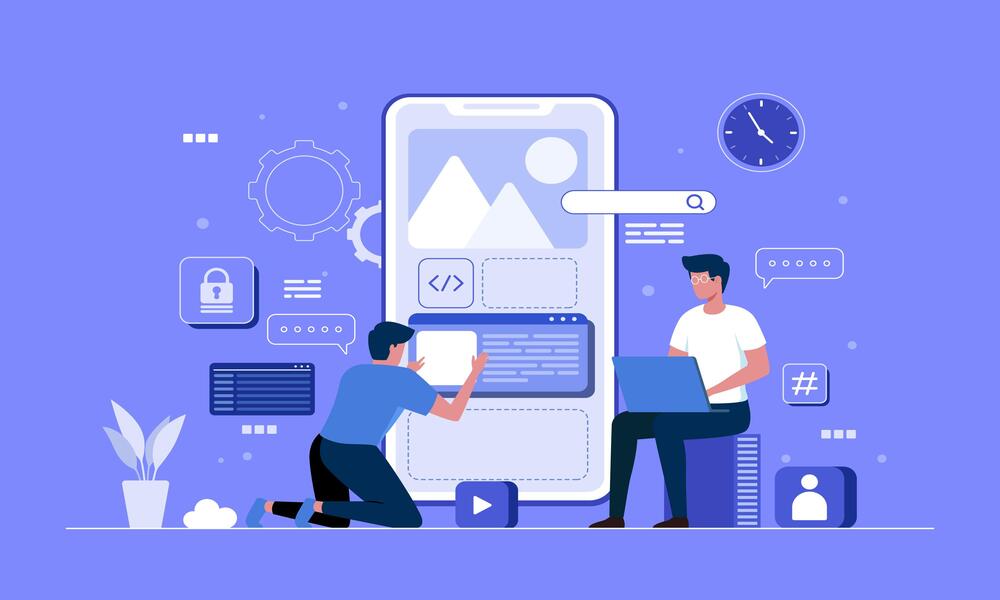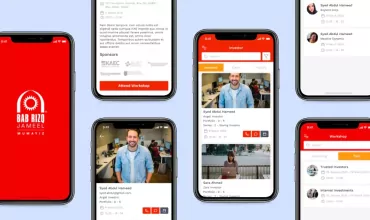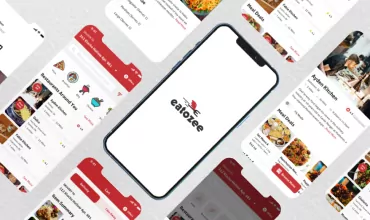How to build secure mobile apps: developers guide

Table of Contents
Mobile app development is taking over every industry becoming the number one digital solution in demand. While efficiency, innovation, great UI/ UX, and utility are the elements that development companies are credited for yet there is one more element that throws every other aspect under the bus if failed … which is “App security”!
App security isn’t just a feature or a benefit, it is a core necessity in app development as one breach could harm individuals and businesses not only financially but can also cost them lifetime trust. In-app development security should be a priority from the moment you start writing the first line of code! That’s why this blog is here to give you a complete guide to how to build secure mobile apps!
Before we dig into technical tips let’s understand what’s the purpose behind securing mobile apps
Why are mobile apps targeted by criminals?
Nowadays we spend more time with our personal devices mainly mobiles than our own families! which means constant engagement and interaction and overloading data shared with different mobile apps installed on our devices.
Shocking facts: According to startest:
- 50% don’t prioritize cybersecurity in their app development
- Many developers don’t pay attention to cybersecurity only at the last stages of development
- 35% o development companies don’t bother testing hacking threats on apps
- 1 billion data records faced cyber attacks (hacking) between 2014-2019 via mobile apps
Hackers are targeting access over customer personal information in order to misuse them for criminal purposes. They have many motivations to exploit security problems in mobile applications looking for the following data :
- Customer information to touch certain business’ reputation
- Financial credentials for money transfer
- IP theft to clone projects and steal intellectual properties of other companies
- App codes to access premium features without paying
- Critical Medical records to blackmail and threaten people
- Localization for kidnapping purposes and even alliance in criminal situations
Developers need to be extra cautious while building an app for both ios and android platforms.
Understanding technical risks
Mobile app security is an IT practice to secure applications from external threats like malware and other digital frauds that risk critical personal data of users. Securing a mobile app depends on its typology as every kind faces different risks
Understanding android app security risks :
- Reverse Engineering: Android apps are developed in Java that can be reversed with various tools available on the internet. Reversing Android apps can easily provide test login credentials.
- Insecure Platform Usage: when app developers ignore the best practices published by Google through using unsecured Android intents and platform permissions.
- Ignoring Updates: results in a lack of protection against newly found vulnerabilities.
Explore more about android app development services
Understanding iOS App Security Risks
Generally, iOS apps are more secure yet they can face
- Jailbreak: jailbreak means that the code will remain on the phone even after a reboot.
- User Authentication: iOS offers device-level security through Face ID and Touch ID hackers have shown that Touch ID can be compromised
- Insecure Data Storage: when the operating system, framework, or compiler are vulnerable storage locations can be accessed by hackers.
Explore more about iOS app development services
How to build secure mobile apps?
Whether you are an IT company or a freelance developer here are very important technical tips to build secure mobile apps that are immune to cyber attacks
Prioritize security from the first stages of development
Risk analysis is the first step as we need to study and understand the weaknesses of existing systems and figure out ways of ensuring data safety before developing an app. Security comes as a priority! Guaranteeing it begins in the very first stages of project development starting from the design stage till deployment. So the security team needs to be engaged from day one!
1) Write a Secure Code
Hacking is about detecting the vulnerabilities in the development codes of a mobile app. Harden your code, making it tough to break through and impossible to reverse, fix any bugs, and keep your codes easy to update.
2) Encrypt Data and enhance its security
Every single unit of data that is exchanged over your app must be encrypted and should be translated in a cryptic language that is only understood by key owners. It is what makes the FBI ask for codes because it is not possible to unencrypt the available data.
3) Secure Libraries and avoid third party dependency
Apps that require third-party libraries are highly threatened. Some libraries can be extremely insecure. Developers should use controlled internal repositories and exercise policy controls.
4) Use Authorized APIs Only
APIs that aren’t authorized and are loosely coded give hackers privileges. APIs should be authorized centrally for maximum security.
5) High-Level Authentication methods is a must
Implementing strong authentication measures is a must. Apps should be designed to only accept strong alphanumeric passwords that must be renewed every three or six months, dynamic OTP, double authentication, and other methods.
6) Activate Tamper-Detection
Active tamper-detection makes sure that the code will not function at all if modified.
7) Think like a hacker, test test, and retest!
Thinking like a hacker enables you to identify potential flaws and constantly test them and improve them. Investing in penetration testing and threat modeling helps fixing gaps with each update and issue patches when required.
8) Ask for Minimal Application Permissions and savings
Your app should not seek permission requests beyond its functional area! Saving passwords is used to avoid repeated login yet it should be avoided as it helps in hacking credentials.
Conclusion
Securing your app is no option! It is a must!! As a developer following the best practices can guarantee the development of secure difficult to hack applications.
Securing digital solutions is what differentiates one company from another by providing an unbeatable competitive advantage.



